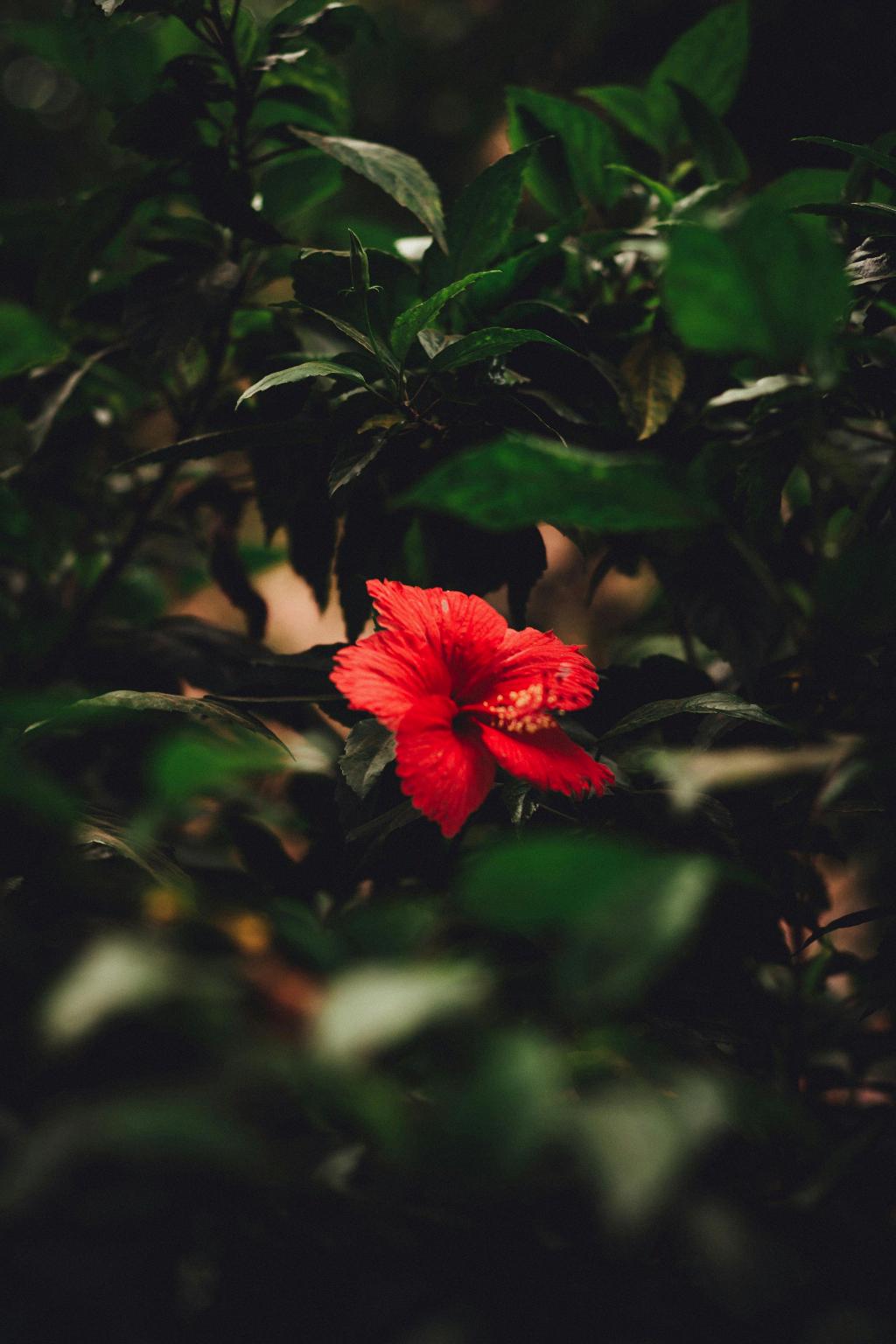Growing hibiscus in pots can be a rewarding experience, offering a touch of tropical beauty right in your own home. To ensure your hibiscus thrives in a container environment, there are several key factors to consider.
1. Choosing the Right Pot
When selecting a pot for your hibiscus plant, opt for a container that is large enough to accommodate the plant’s root system and provide ample room for growth. Ensure that the pot has drainage holes to prevent waterlogging, which can lead to root rot.
2. Sunlight Requirements
Hibiscus plants thrive in bright, indirect sunlight. Place your potted hibiscus near a south-facing window where it can receive at least 6-8 hours of sunlight daily. In hotter climates, some afternoon shade may be beneficial to prevent leaf scorch.
3. Soil and Watering
Use a well-draining potting mix for your hibiscus plant to prevent water from pooling at the roots. Water your hibiscus when the top inch of soil feels dry to the touch, and ensure that excess water can escape through the drainage holes in the pot.
4. Temperature and Humidity
Maintain a consistent temperature range of 60-90°F (15-32°C) for your hibiscus plant, avoiding sudden temperature fluctuations. To increase humidity levels around the plant, you can place a water-filled tray of pebbles beneath the pot.
5. Fertilizing Routine
Feed your hibiscus plant with a balanced fertilizer every two to three weeks during the growing season, typically spring through fall. A water-soluble fertilizer with a balanced proportion of nutrients, such as 20-20-20, can help promote healthy growth and vibrant blooms.
6. Pruning and Maintenance
Regular pruning is essential to maintain the shape and health of your hibiscus plant. Remove any dead or diseased branches, and prune back overgrown stems to encourage new growth and flowering.
7. Pests and Diseases
Keep an eye out for common pests such as aphids, spider mites, and whiteflies, which can infest hibiscus plants. Treat any pest infestations promptly with insecticidal soap or neem oil. Additionally, watch for signs of fungal diseases like powdery mildew, and address them with fungicidal treatments.
8. Repotting Guidelines
As your hibiscus plant grows, you may need to repot it into a larger container every 2-3 years to provide ample space for the expanding root system. Choose a slightly larger pot with fresh potting mix when repotting your hibiscus.
9. Overwintering Hibiscus
If you live in a region with cold winters, consider bringing your hibiscus plant indoors during the winter months. Place it in a sunny location and reduce watering frequency to allow the plant to enter a period of dormancy.
10. Propagation Techniques
You can propagate hibiscus plants through stem cuttings. Take a 4-6 inch cutting from a healthy stem, remove the lower leaves, and place the cutting in a container with moist potting mix. Keep the soil consistently moist until roots develop.
11. Enjoying Beautiful Blooms
With proper care and attention, your hibiscus plant will reward you with stunning, colorful blooms throughout the growing season. Sit back, relax, and admire the beauty of your potted hibiscus as it flourishes in its indoor environment.
12. Conclusion
Caring for hibiscus in pots requires dedication, but the results are well worth the effort. By following these guidelines on sunlight, soil, watering, fertilizing, pruning, pest management, and more, you can create an optimal environment for your hibiscus plant to thrive and bloom magnificently.

